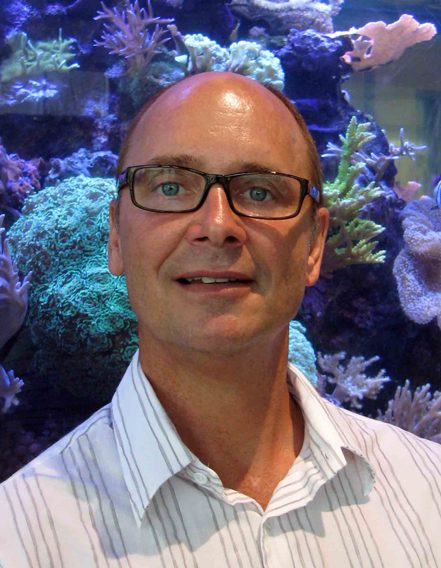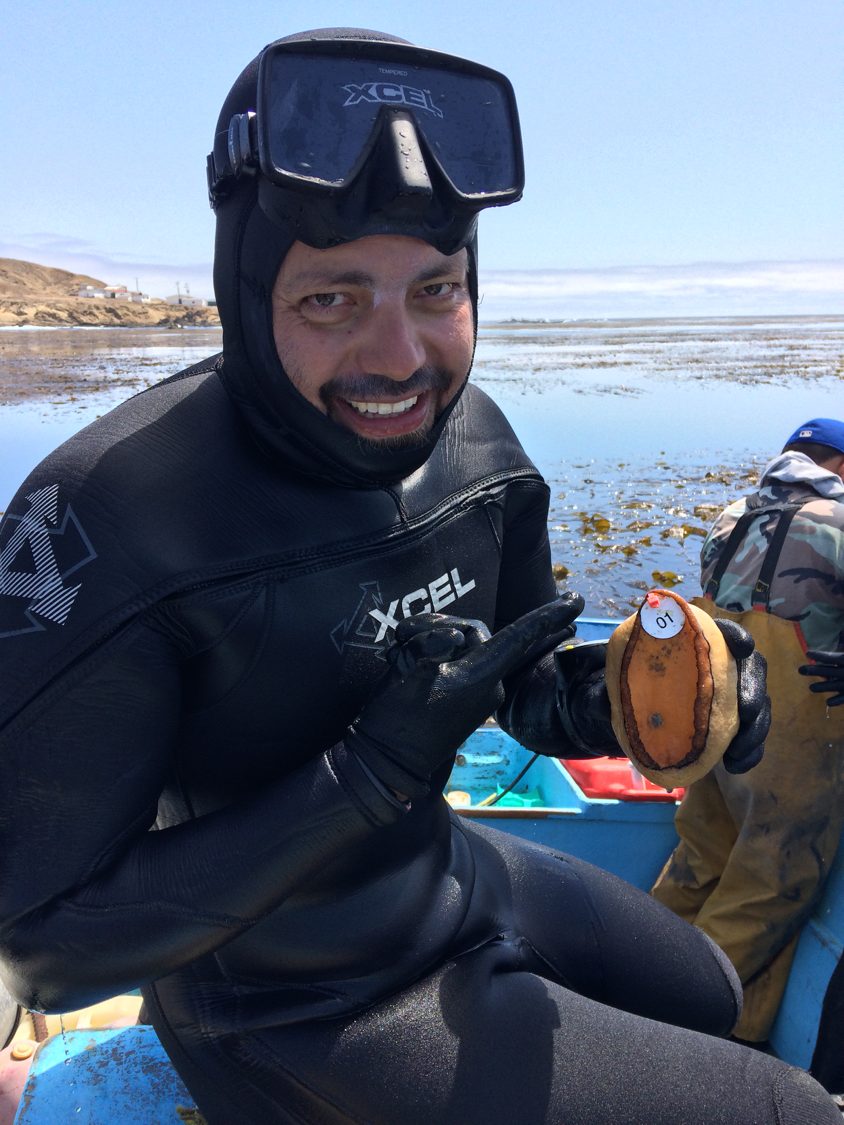"Geographic and Ontogenetic Variation in the Trophic Ecology of Lingcod (Ophiodon elongatus) Along the U.S. West Coast"
A Thesis Defense by Bonnie Brown
The Fisheries and Conservation Biology Lab
MLML Live-Stream | March 31, 2021 at 12 pm
Thesis Abstract:
Dietary studies of fishes provide an understanding of predator-prey interactions and may be used to inform resource managers about food web dynamics. Along the West Coast of North America, Lingcod (Ophiodon elongatus) are top marine predators in rocky-reef habitats and an economically important fishery. In this study, gut content and stable isotope analyses were used to evaluate differences in the diets of Lingcod collected along the U.S. West Coast (Alaska to Southern California) in 2016 and 2017. Overall, Lingcod consumed a wide variety of prey and exhibited both generalist and opportunist feeding strategies. Significant variability in Lingcod diets were driven by factors such as depth, region, sex, and total length. Small, shallow water, male Lingcod consumed more lower trophic level prey items (e.g. cephalopods) and had less diverse diets. Large, deep water, female Lingcod consumed more higher trophic level prey items (e.g. gadids) and had more diverse diets. Geographic variation in trophic level was associated with environmental conditions of primary productivity (i.e., chlorophyll a), and sea surface temperature. Southern Lingcod fed more on cephalopods while northern Lingcod fed more on various fish groups. This study fills in data gaps in the trophic ecology of a top marine predator and can be used to inform food web models and fisheries management.

















